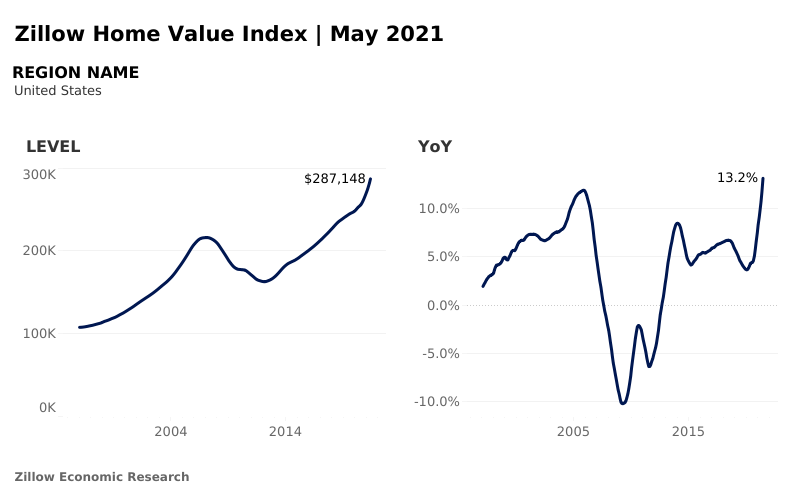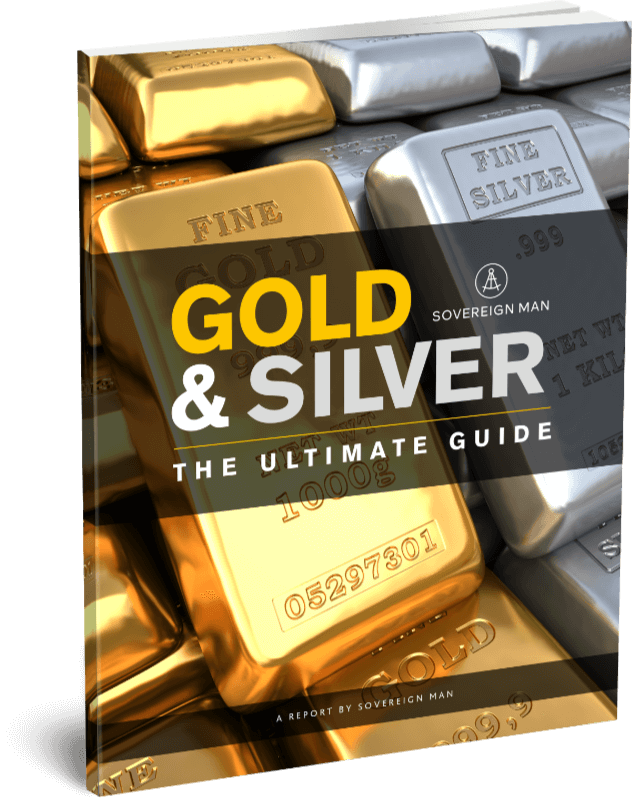Once you have the necessary financial knowledge, your work is still far from over.
Next step: apply your knowledge to find promising, undervalued investments.
When we refer to an investment as “undervalued”, “cheap”, “expensive” or “overvalued,” we mean in relation to another metric.
For example, when Tim Staermose, Sovereign Man’s Chief Investment Strategist, is not managing money for high-net worth clients, he scours the world’s financial markets for stocks that are trading for less than their net cash value.
(He presents these opportunities in our investment newsletter, The 4th Pillar.)
In other words, that means these companies’ entire market capitalizations are worth less than the cash on their balance sheets.
These types of deals would never occur in a private transaction. If you were selling your business, you would demand a multiple of sales or earnings, stuff any cash balance into your pockets, and then sell the business.
But these types of deals — where, aside from the cash, you can acquire the remainder of a company’s assets for FREE — exist, and are sometimes overlooked in publicly traded markets.
If you can spot this type of opportunity, ensure that the business is sound, confirm that they have a great management team who are incentivized as owners (right alongside ordinary shareholders), and then remain PATIENT for the share price to correct to fair market value, then you have a low-risk profit opportunity.
Other opportunities to profit can result from examining a company’s income statement.
The Price Earnings (P/E) ratio is a popular valuation tool. This metric reveals the number of dollars you’re paying for every $1 of a company’s earnings.
Since the late 1800s, the median P/E ratio has been 14.85. So, investors were willing to pay nearly $15 for every $1 of earnings.
But now, the average P/E ratio is 45. (Again, that’s the average P/E ratio for all stocks; in early 2021, when Tesla was all the rage, its P/E multiple climbed to 1,200!)
On average, investors are willing to pay 3X more now than they have in the past.
Why would someone be willing to pay 3X more today? Nothing has changed, other than the trading multiple. They’re still receiving only $1 of earnings, and further, that $1 is not even worth what it was decades ago.
The reason for the higher valuation is because there’s been a tidal wave of bank stimulus — meaning extra money in the system — which pushes up share prices and valuations… at least for the time being.
Over the long-term, P/E ratios of 45 or higher are not sustainable. History points to this fact. This current average P/E level is higher than before the 1929 crash, the 1987 crash and after the 2008 financial crisis, when earnings were depressed.








